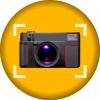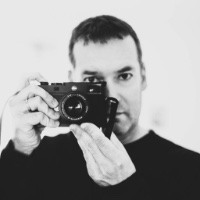Homemade method of simulating FILM with Leica M9 - Testers & feedback welcome!
-
Recently Browsing 0 members
- No registered users viewing this page.
-
Similar Content
-
- 306 replies
- 23,202 views
-
- 69 replies
- 8,426 views
-
- 12 replies
- 553 views
-
- 17 replies
- 7,465 views
-
- 35 replies
- 2,280 views
-




Recommended Posts
Join the conversation
You can post now and register later. If you have an account, sign in now to post with your account.
Note: Your post will require moderator approval before it will be visible.